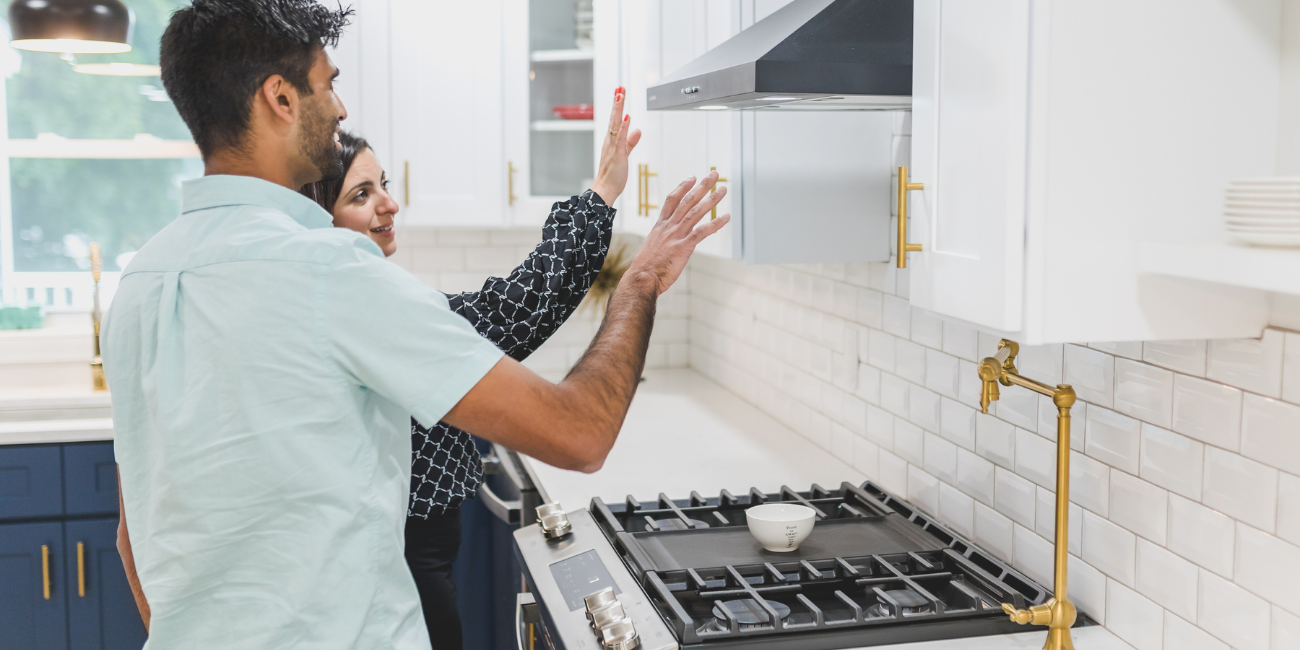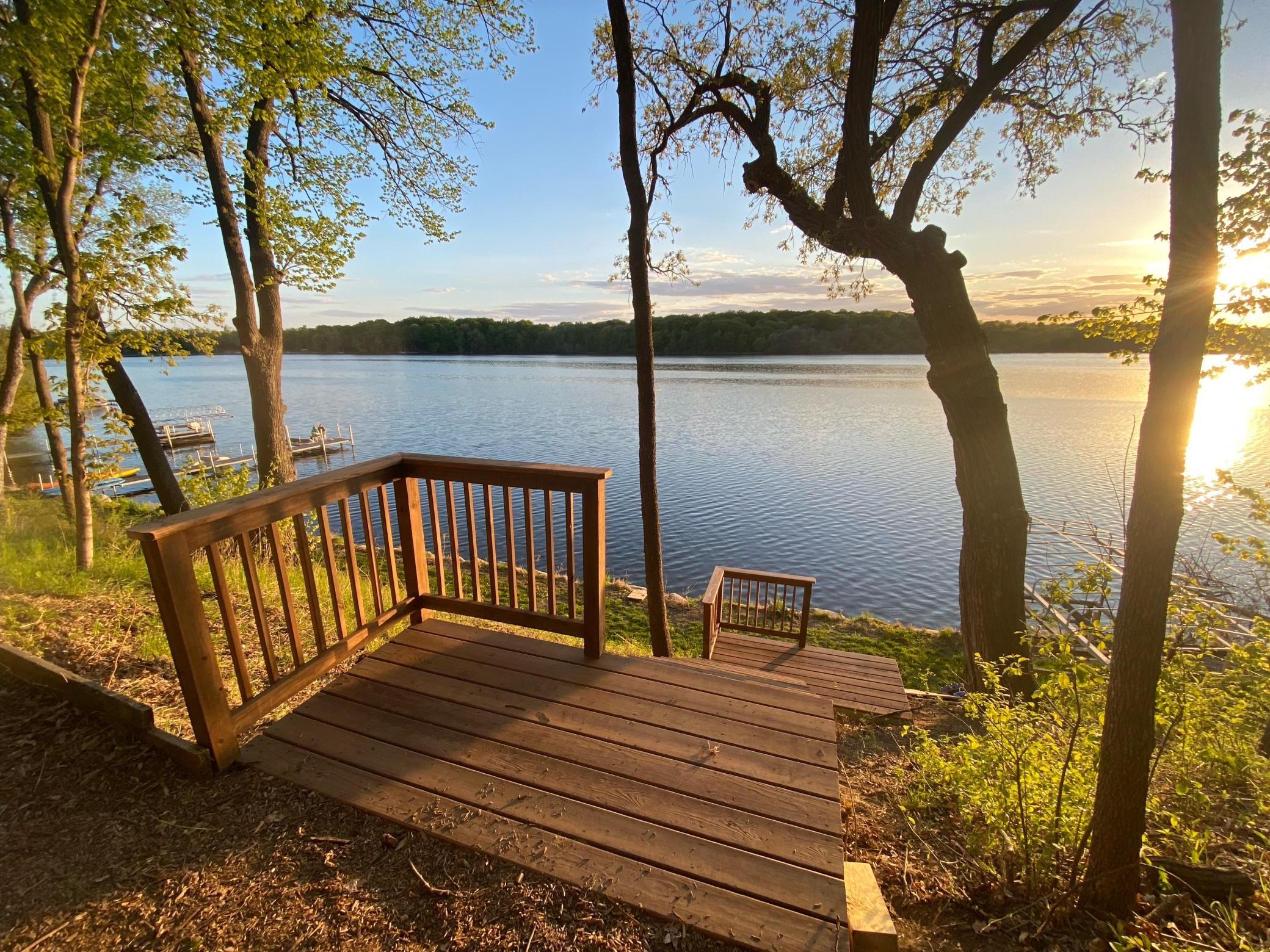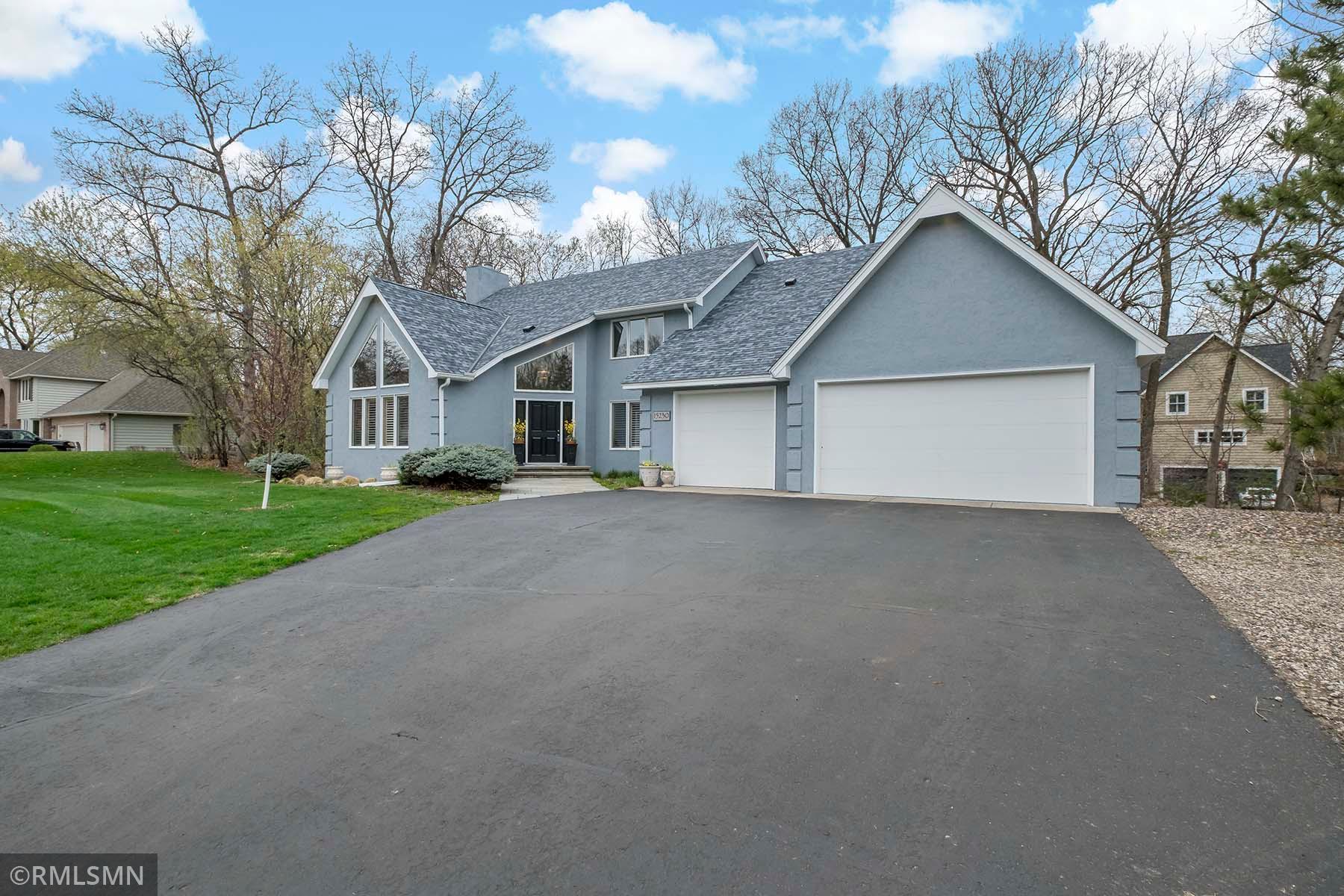Interested in real estate? Excited to deal with Excelsior houses that are on sale? You might be wondering: What are fixtures in real estate? Well, fixtures refer to items that are considered permanent parts of a property. Understanding this concept is crucial for both buyers and sellers because it can have significant implications during a real estate transaction.
Imagine this scenario: You're selling your home and decide to take your prized chandelier with you. But wait! The buyer expected that beautiful crystal fixture to stay with the property. Intrigued? Join me as we explore the ins and outs of fixtures in the delightful realm of Minnesota's booming real estate market!
What Does "Fixtures" Mean In Real Estate?
When we talk about fixtures in real estate, we're referring to items that are considered part of the property. These could be things like light fixtures, chandeliers, ceiling fans, or even built-in appliances. The key here is that these items are affixed or permanently attached to the property and cannot be easily removed without causing damage.
In other words, when you buy a house and see those beautiful lights gleaming from above or feel the gentle breeze from a ceiling fan on a hot summer day, those are examples of fixtures! They stay with the home unless otherwise specified.

Are Fixtures Considered Chattel Property Or Real Property?
Now, this is an interesting question. Well, it all depends on the method of attachment. If an item is permanently affixed to the property—let's say a ceiling fan—it becomes part of the real estate and is considered physical property.
On the other hand, a trade fixture like a screw-in shelf might be removable and classified as personal chattel. Understanding this distinction helps both buyers and sellers make informed decisions during their transactions.
How to Identify a Fixture
Determining whether something is a fixture or personal property can sometimes be tricky. A general rule of thumb is to consider the method of attachment. If an item is permanently attached to the home, it's considered a fixture.
For example, built-in light fixtures, ceiling fans, and even that fancy chandelier are typically categorized as fixtures because they're attached and integral parts of the home.
What Is MARIA?
No, not the name of your next-door neighbor. In the world of real estate, MARIA is actually an acronym that helps us determine whether an item is a fixture in a home or personal property. Intriguing, right? So let's unpack what MARIA stands for and how it can illuminate this interesting aspect of real estate transactions.
-
Method of Attachment
This refers to how an item is attached to a property. The more permanently something is affixed, the more likely it is to be considered a fixture.
A ceiling fan or a chandelier are considered real property because they're physically attached and integrated into the home itself.
But hey! If you have one of those fancy floating floors that just clicks together without any nails or glue? Well, we might be entering a gray area territory!
-
Adaptability
Adaptability means whether an item is specifically customized or tailored to fit the property. If it's intricately designed and uniquely fitted, it's more likely to be considered a fixture.
For instance, a built-in bookshelf that perfectly matches the dimensions and style of the room becomes an integral part of the home and would be considered a fixture.
On the other hand, if you have free-standing shelves that can easily be moved around without any modifications needed, they lean more towards being personal property.
-
Relationship to the Parties
Now, let's explore the "Relationship to the Parties". This one refers to what both the buyer and seller consider fixtures in a real estate transaction.
If there's a dispute over whether a particular item should be included in the sale, it ultimately comes down to what both parties agreed upon in their purchase agreement or contract. If they specifically list certain items as fixtures that are expected to stay with the property (like built-in appliances), then those become legally considered fixtures.
Remember, communication is key when it comes to determining which objects qualify as fixtures!
-
Intention of the Party
This is an important aspect when determining whether something is a fixture or personal property. The intention of the parties is basically the agreement and intention of both the buyer and seller regarding certain items.
If a seller explicitly includes their expensive chandelier in the purchase contract, it's considered part of the house and should stay with it. Again, if there's no mention or agreement about certain items in writing, they may be seen as personal property that either party can take.
-
Agreement Between the Parties
Lastly, the purchase and sale agreement between the parties is an essential factor in determining whether something is a fixture. Sometimes, buyers and sellers may have different opinions about what should be considered fixtures.
Suppose both parties agree that a particular item will be included in the sale; even though it would typically be considered personal property, it can still qualify as a fixture based on their mutual agreement.
What Are Examples of Fixtures?
Let's take a look at some common ones:
- Light Fixtures: Think elegant chandeliers or stylish ceiling fans that are permanently attached and add charm to any room.
- Built-in Appliances: We're talking about those sleek stainless steel ovens or built-in microwaves that are seamlessly integrated into the kitchen.
- Window Treatments: Custom blinds or curtains that perfectly frame the windows - they're typically considered part of the house and stay with it upon sale.
- Fixed Mirrors: The large mirror in your bathroom or hallway? Yep, that's usually a fixture because it's affixed to the wall!
- Plumbing Fixtures: Your fancy faucets, sinks, and toilets fall under this category too.
Keep in mind - these examples can vary based on local regulations and individual agreements between buyers and sellers.
What Aren't Fixtures?
Let's talk about what isn't considered a fixture in the world of real estate. While MARIA helps us determine fixtures, it's equally important to understand what falls into the category of personal property. Here are some examples:
Trade Fixtures: These are items used in business operations that may be attached temporarily but are intended to be removed by the tenant when they move out.
Decorative Items: Things like artwork, mirrors, and curtains usually do not fall under fixtures unless they're so integrated into the home that their removal would cause damage.
Free-Standing Furniture: Your dining table or couch? That's definitely personal property, unless it's bolted down somehow!
Appliances and Electronics: Refrigerators, washers and dryers, even your beloved flat-screen television—these generally aren't considered fixtures unless explicitly included in the purchase agreement.
Portable Outdoor Objects: From garden sheds to free-standing grills or even swing sets - if they're easily movable without causing damage or alterations to land features like concrete pads - they don't fall under fixtures.
What If You Want to Keep Your Fixture?
So, you've fallen head over heels for your beautiful chandelier or that quirky ceiling fan you installed in the living room. But now it's time to sell your property and move on. Can you take those fixtures with you?
Well, it depends. In real estate transactions, fixtures are typically considered part of the house and stay with the home unless otherwise specified in the purchase agreement. However, there may be some leeway if both parties agree to exclude specific fixtures from the sale.
How To Avoid Disputes Over Real Estate Fixtures
The dreaded disputes over real estate fixtures can turn a smooth transaction into a headache for everyone involved. But here are some handy tips on how you can avoid such tussles and keep things harmonious.
- Clearly Communicate: Have an open discussion with the buyer/seller about what items will be included or excluded from the sale.
- Document it: Make sure all agreements regarding fixtures are clearly stated in the purchase contract.
- Consult Experts: Seek advice from real estate agents or attorneys who specialize in property transactions.
- Pre-Inspection Matters: Conduct thorough inspections before finalizing any deals.
How Can a Real Estate Agent Help?
When it comes to navigating the intricate world of fixtures in real estate, having a knowledgeable and experienced real estate agent by your side can be a game-changer. At Excelsior Realty, our team of expert agents understands the ins and outs of fixtures like no one else. We have over a decade's worth of experience assisting buyers and sellers with fixture-related matters in a home sale.
Whether you're unsure about what constitutes a fixture or need guidance on handling fixture disputes, our agents have got you covered. Trust us to handle all your real estate needs with the utmost care and professionalism. Contact us today!
The Bottom Line
And there you have it, folks! Now you know all about fixtures in real estate. From light fixtures to more complex attachments like floating floors, understanding what counts as a fixture is crucial when buying or selling your property.
Just know that, regarding fixture-related matters, seeking legal advice is always a smart move. Your friendly neighborhood real estate agent, like Excelsior Realty, can guide you through potential disputes and ensure that everything stays on track.
So next time you embark on a real estate adventure here in Minnesota or anywhere else for that matter, keep these valuable lessons in mind. Happy house hunting!


